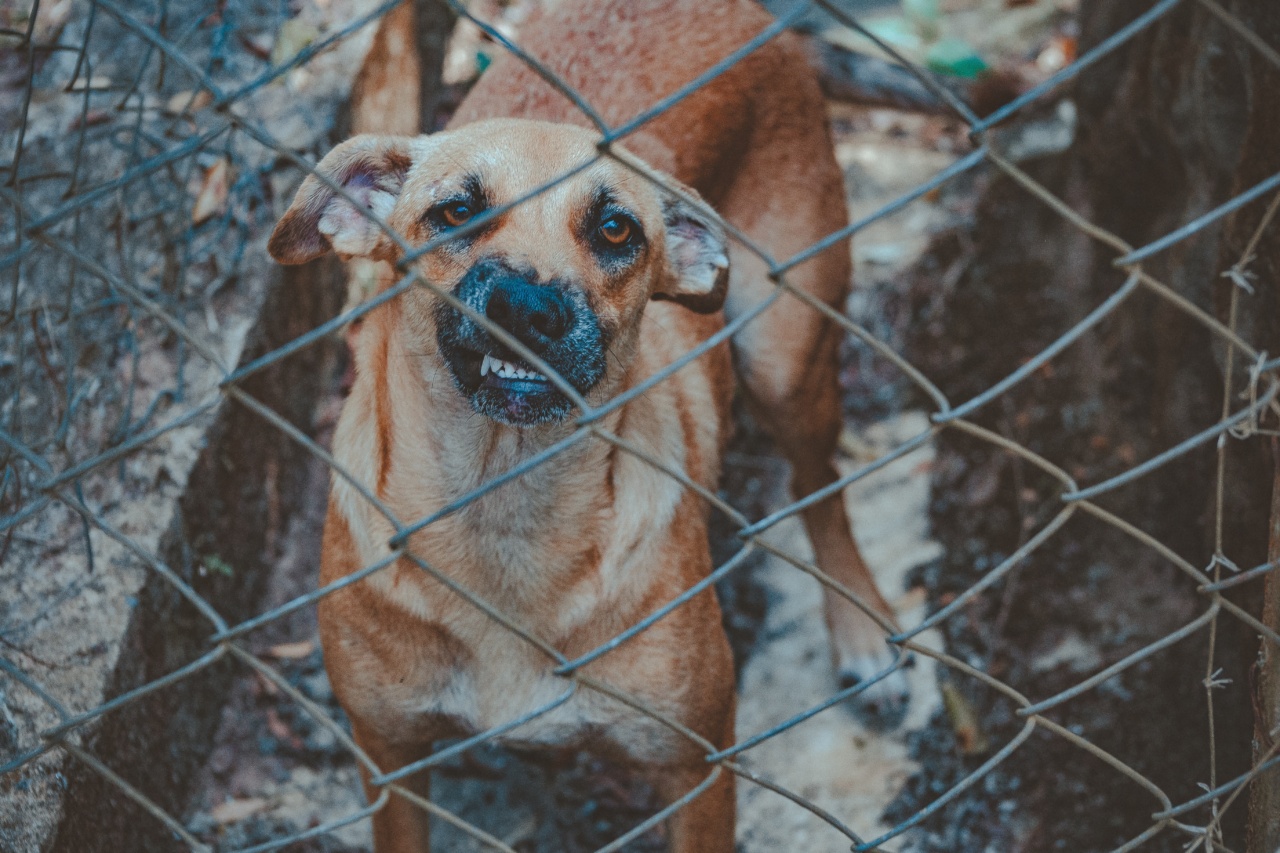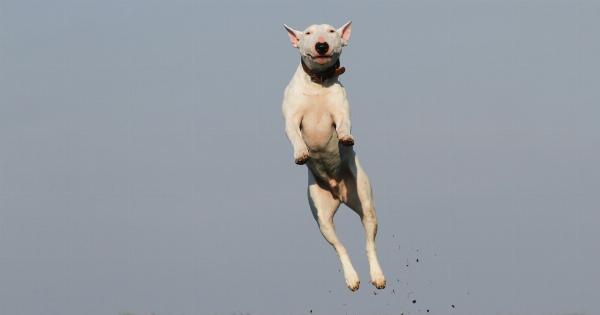Having a furry companion is a rewarding experience, but it can sometimes come with its fair share of challenges.
If your pooch possesses a few puzzling behaviors, fear not! In this article, we will address four common quirks displayed by dogs and provide helpful tips on how to correct them. So, let’s dive in and transform your beloved pet into a well-behaved angel!.
1. Excessive Barking
Do you find your pooch barking at every little noise or passerby? Excessive barking can be both disruptive and annoying, but it is a behavior that can be modified. The key lies in understanding why your dog barks excessively.
To curtail this behavior, try these strategies:.
- Identify the trigger: Pay attention to what sets off your furry friend’s barking spree. Is it the doorbell, other pets, or unfamiliar faces? Understand the triggers to address the issue more effectively.
- Positive reinforcement: Train your pooch to associate quiet behavior with rewards. Whenever they remain calm during situations that typically prompt excessive barking, shower them with praise, treats, or a favorite toy.
- Socialization: Expose your dog to different environments, people, and animals gradually. This will help reduce anxiety and prevent unnecessary barking due to fear or unfamiliarity.
2. Chewing Everything in Sight
Has your furry friend turned your favorite pair of shoes or household furniture into chew toys? Destructive chewing is a common problem, especially among young dogs.
Understanding the reasons behind this behavior is crucial to finding an effective solution.
Here are some tips to prevent destructive chewing:.
- Provide appropriate chew toys: Make sure your pooch has access to a variety of safe and durable chew toys. This will redirect their chewing instincts towards appropriate items.
- Supervision and confinement: When you are unable to keep a close eye on your furry friend, confine them to a safe space where they cannot cause damage. Using baby gates or crates can be helpful.
- Ensure physical and mental stimulation: Boredom can often lead to destructive chewing. Engage your dog in regular exercise and mental stimulation activities, such as puzzle toys or obedience training.
3. Jumping Up on People
Does your pooch have a tendency to jump up and greet visitors with their front paws? While it may seem like an affectionate gesture, jumping up can become problematic, especially with larger dogs or when dealing with guests who are uncomfortable with this behavior.
Here’s how you can discourage jumping up:.
- Consistency is key: Ensure that everyone in the household follows the same rules regarding jumping up. Mixed signals can confuse your dog and make it difficult to correct the behavior.
- Behavioural cues: Teach your dog an alternative behavior, such as sitting or offering a paw when greeting someone. Reward and reinforce this behavior consistently until it becomes their default response.
- Ignore the behavior: When your dog jumps up, avoid giving them attention or eye contact. By removing the reward of attention, they will gradually learn that jumping up does not yield the desired result.
4. Pulling on the Leash
Do you dread taking your dog for walks due to their incessant pulling on the leash? Walking your dog should be an enjoyable experience for both of you, and mastering loose leash walking is essential for a pleasant outing.
Try these techniques to discourage leash pulling:.
- Proper equipment: Investing in a well-fitting harness or head collar can provide better control and prevent strain during walks. Avoid using equipment that causes discomfort or pain.
- Stop and wait: When your dog starts pulling, stop in your tracks and wait. Only continue walking when there is slack in the leash. By doing this consistently, they will learn that pulling gets them nowhere.
- Positive reinforcement: Reward your pooch with treats or praise when they walk calmly by your side. Over time, they will associate loose leash walking with positive experiences.
Remember, correcting your furry friend’s behavior requires patience, consistency, and positive reinforcement.
With proper guidance and training, your “monster” will transform into a well-mannered companion, bringing joy and happiness to your life!.




























